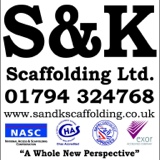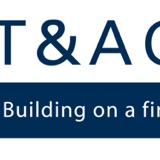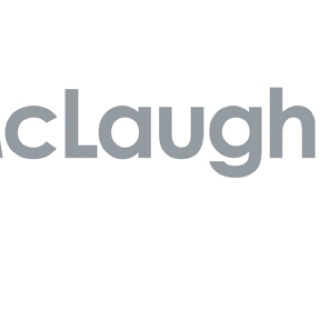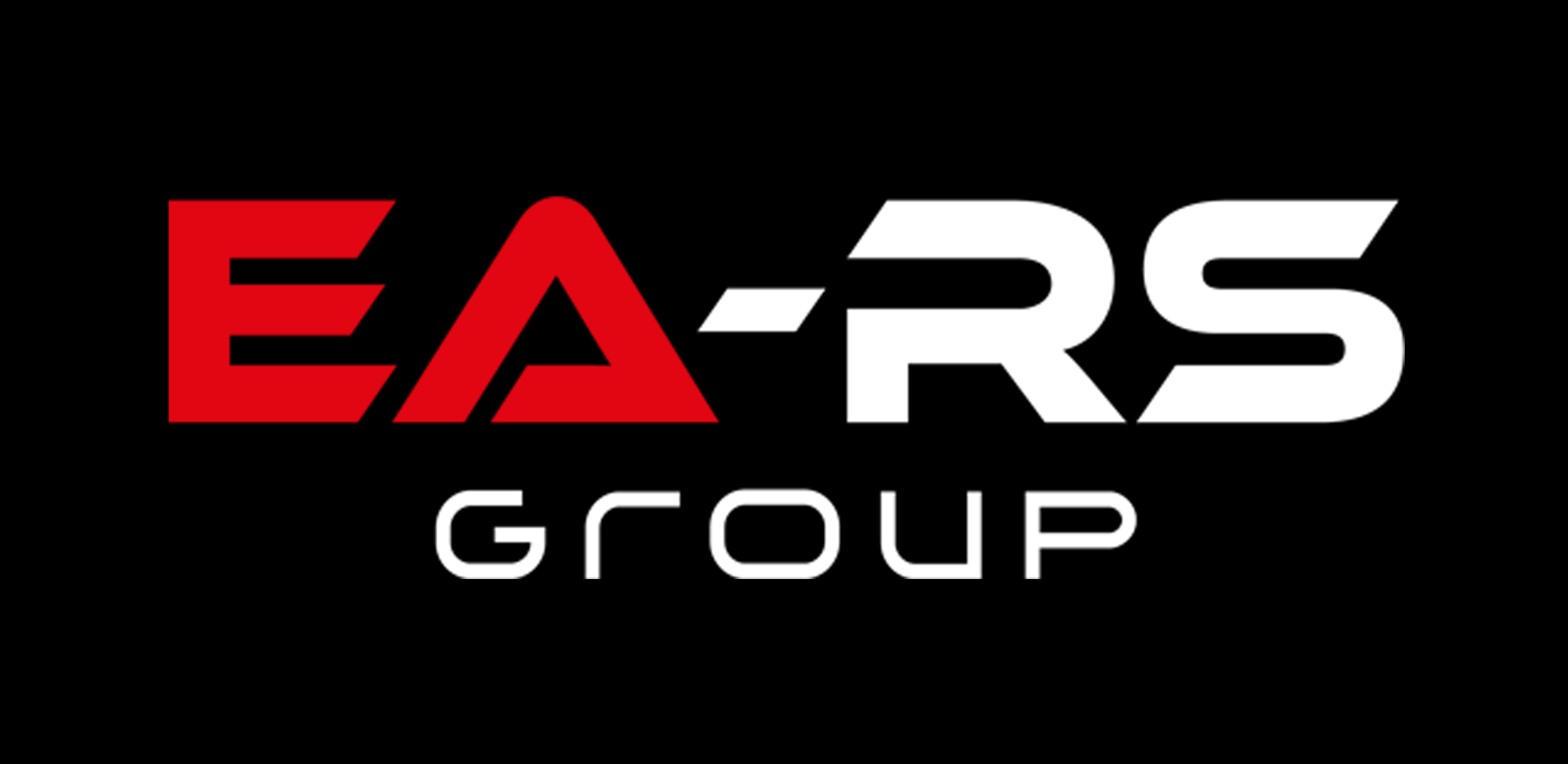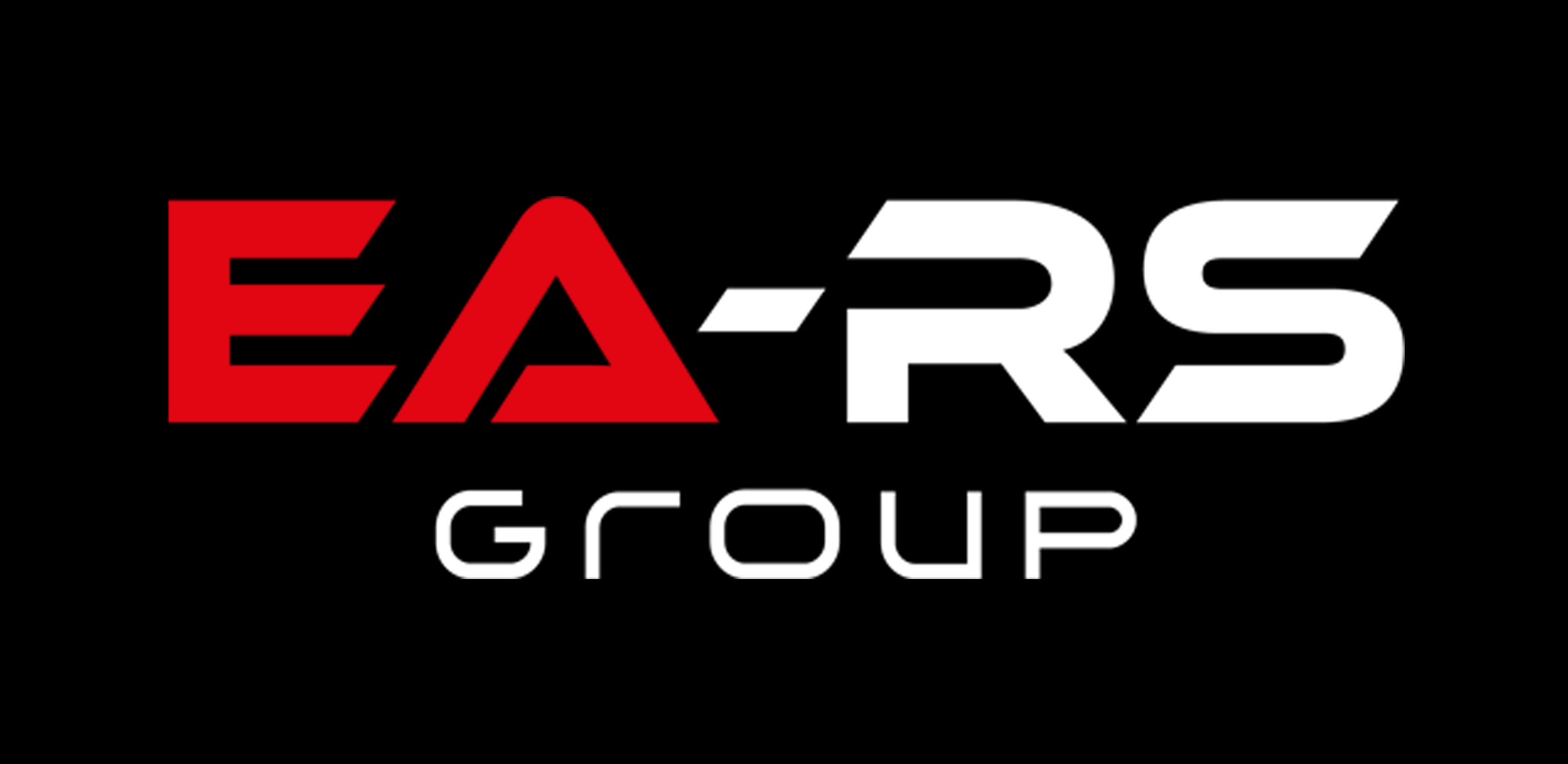Information
Job Information
-
Risk Assessment Title
-
Client
-
Site Address
-
Work Area
-
Risk Assessment Conducted On
-
Prepared By
Risk Assessment
Generic Risk
-
Unknown Site Hazards
-
All employees to attend site induction on first visit to site.
-
Affected Residual Risk Assessment
-
Competence, Supervision & Information
-
Scaffolders will hold CISRS Registration or certification at the appropriate level.
Scaffold Inspector will be competent person.
Plant operators will be competent and hold relevant certification. -
Affected Residual Risk Assessment
-
Contact With Delivery/Collection Vehicles
-
Materials to be delivered/collected from site by HGV utilising an agreed traffic route.
Site assistance to be used for reversing and in areas where driver's vision is restricted. -
Affected Residual Risk Assessment
-
Manual Handling During Unloading/Loading and During Movement of Materials on Site
-
Materials to be unloaded/loaded into an agreed storage area by forklift, or man handled. Materials to be transported to the work area by forklift or man handled.
Materials to be raised or lowered by passing hand to hand or utilising a gin wheel and or rope. When handling materials good manual handling technique to be utilised.
Client to co-operate with manual handling requirements. -
Affected Residual Risk Assessment
-
Abrasion, Splinters from Handling Scaffold Boards, Lubricant from Handling Scaffold Fittings
-
All site personnel to wear suitable gloves whilst handling scaffold materials.
-
Affected Residual Risk Assessment
-
Trips and Slips Over our Materials Whilst Being Stored on Site or Whilst Being Used During Erection/Dismantle
-
Work area to be barriered off by suitable means to prevent access, storage of materials within the work area will be subject to good housekeeping. Where it is not possible to maintain barriered off areas storage of materials to be subject to good housekeeping.
-
Affected Residual Risk Assessment
-
Fall of Materials During Movement on Site and During Erection and Dismantle
-
The work area is to be barriered off using suitable means to prevent access. Materials to be stored by suitable means to prevent inadvertent movement i.e. scaffold fittings to be bagged. Personnel to wear safety helmets and safety boots.
-
Affected Residual Risk Assessment
-
Fall of Persons During Erection and Dismantle
-
Scaffolders to wear a suitable full body safety harness and work from a fully boarded wide properly supported working platform, with a single guardrail in accordance with current NASC Guidance Note SG4:10 “Preventing Falls in Scaffolding” and using a “Scaffstep” to provide collective fall protection Working at height to be avoided where practicable.
Rescue in accordance with S&K rescue plans. -
Affected Residual Risk Assessment
-
Collapse of Scaffold During Erection and Dismantle
-
Scaffold to be erected in accordance with BS EN 12811, NASC TG20:08 AND/OR the design drawing. The scaffold will be erected and dismantled progressively. Ties will be erected/dismantled progressively with the scaffold. Storage of material on the scaffold will be kept to a minimum
-
Affected Residual Risk Assessment
-
Access to Scaffold During Erection, Prior to Formal Inspection, Handover and During Dismantle
-
On commencement of erection and dismantle an “incomplete” scaffold sign to be displayed adjacent to the access routes. Physical barriers to be erected to prevent access.
-
Affected Residual Risk Assessment
-
Collapse of Scaffold When Erected
-
Customer to use the scaffold in accordance with the loading specified on the hand-over certificate/scaffold tag. No modifications to made to the scaffold, especially removal of ties or structural members. Customer to ensure that the scaffold is inspected seven-daily and a record maintained.
-
Affected Residual Risk Assessment
-
Environmental Conditions (Wind, Rain, etc.)
-
Supervision will monitor the environmental working conditions to ensure that employees are not put at risk. Wet weather gear may be utilised, however Supervision will determine when work will cease due to environmental conditions.
-
Affected Residual Risk Assessment
Site Specific Risk
-
Contact With Scaffold When Erected
-
Where scaffolds are erected on access routes the 1st lift is to be erected at a height that allows free access under the scaffold. In circumstances where this is not reasonably practicable the scaffold is to be handrail off utilising suitable means to prevent access.
-
Affected Residual Risk Assessment
-
Contact With Electricity
-
Photo of Hazard
-
Prior to any works commencing, S&K to Identify electrical hazard and be responsible for any isolation work that may be required. Any dangerous electrical elements must be suitably made safe prior to start.
-
Affected Residual Risk Assessment
-
Substances Hazardous to Health
-
Refer to the relevant COSHH assessment for the substance and follow the control measures and PPE requirements
-
Affected Residual Risk Assessment
Other Risk 1
-
On-Site Risk Identified
-
Photo of Hazard
-
Switch For Options
-
Level of Risk
-
Preventative Control Measures
-
Affected Residual Level of Risk
Other Risk 2
-
On-Site Risk Identified
-
Photo of Hazard
-
Switch For Options
-
Level of Risk
-
Preventative Control Measures
-
Affected Residual Level of Risk
Other Risk 3
-
On-Site Risk Identified
-
Photo of Hazard
-
Switch For Options
-
Level of Risk
-
Preventative Control Measures
-
Affected Residual Level of Risk
Method Statement
Method Statement - Scope of Work
-
Type of Scaffold
- Independent Tied
- Birdcage
- Access Tower and Handrail
- Tower
- Other
-
Other
-
Does the Scaffold Require a Design?
-
Design Drawing Reference Number
-
Location of Scaffold
-
Board Configuration
- 4 + 1
- 4 + 2
- 5 + 1
- 5 + 2
- Other
-
Other
-
Number of Lifts Boarded as per BS EN 12811 and NASC TG20:08
- All Lifts Boarded
- Top Lift Boarded
- 1st Lift Boarded
- 1st Lift Double Boarded and Membraned
- 2nd Lift Boarded
- Fans Erected Over Doorways
- Other
-
Other
-
Bay Lengths
- 1.8m (General Purpose/Heavy Duty)
- 2.1m (General Purpose)
- 2.4m (Light Duty)
- 2.7m (Very Light Duty)
-
Lift Heights
- First Lift 2.7m
- 1.5m
- 2.0m
-
Loading - This is not to be exceeded under any circumstances.
- Load Class 1 - 0.75 kN/m2 / 75 Kg/m2
- Load Class 2 - 1.50 kN/m2 / 150 Kg/m2
- Load Class 3 - 2.00 kN/m2 / 200Kg/m2
- Load Class 4 - 3.00 kN/m2 / 300 Kg/m2
- Load Class 5 - 4.50 kN/m2 / 450 Kg/m2
- Load Class 6 - 6.00 kN/m2 / 600 Kg/m2
-
All Scaffold to be erected to NASC TG20:08 and SG4:10 for information on this please visit www.nasc.org.uk
-
Programme Start Date
-
Working Days
-
Working Hours
Supervision
-
Operations Manager: Charlie Way - 07789514966
Emergency Contacts: Ryan Parsons - 07836321938
Craig Sweeney - 07732675887
Personnel
-
All squads engaged in this work activity will contain a balance of qualified operatives in accordance with the type of scaffolding required.
Refer to skills training matrix for evidence of qualifications i.e. CISRS card numbers and grade.
Scaffold Inspector (where applicable) will hold a scaffold inspection certificate or CISRS Scaffold Supervisor card.
Plant operators (where applicable) will hold relevant qualifications.
Equipment to be Used in Work Activity
-
Scaffolding tubing and couplers to BS EN 39: 2001. Scaffold couplers to BS1139/EN74. Scaffold boards to Grade “A”
Ladders to BS1129 or BSEN131.
All the above will be in good working order and fit for purpose.
PPE Requirements
-
Standard Equipment is:- Safety Footwear, Safety Helmet, Safety Harnesses, high visibility vests and gloves, all in line with British standards.
Additional items of PPE will be determined by risk assessment or by client requirement.
Work Areas/Storage/Loading/Unloading of Materials and Movement of Materials
-
Work areas will be segregated by mean of physical barrier with signs designating such.
Materials will be stored in designated lay-down areas (by client) and will be kept in good order.
Materials will be loaded/unloaded by either of: Manual Handling.
Materials will be moved during scaffolding operations by either: Hand to Hand, Gin Wheel and Rope.
Materials will be delivered and collected form site by Rigid lorry and will obey site speed limits/rules.
Emergency Procedures
-
S&K will comply with Clients site emergency procedures.
S&K to supply on-site first aid
All operatives will report any accidents or near misses to S&K and Client immediately.
Environmental Impact
-
All Scaffolding materials will be removed from site upon completion of works.
Any substances that are subject to COSHH will have appropriate COSHH assessments and will only be used on site at Clients discretion.
Notes for Scaffold Users
-
Users of scaffold are directly responsible for ensuring that the scaffold is only used for its intended purpose and loadings.
Users must ensure the scaffold is not interfered with in any manner by unauthorised persons.
Modifications must be carried out by our trained and competent Scaffolders.
All users must check the structure before use as per Regulation 13 of the Work at Height Regulations 2005.
Users must ensure that the scaffold is inspected before 1st use, after substantial alterations, after any event that may affect its stability and every 7 days.
Any queries regarding this structure to be raised with S&K Scaffolding Ltd.
Work Method/Procedure
-
Work Method / Procedure
Erect tube and fitting Independent scaffolding as per BSEN12811/NASC TG20:08 and site requirement using trained and competent Scaffolders working in accordance with NASC guidance note SG4:10 `Preventing Falls in Scaffolding’ and by use of “Scaffstep” to provide collective fall protection as follows: e.g.:
Base and 1st Lift Level
Base scaffold out on ground prepared by Client.
Erect standards (on top of baseboards and base plates) and ledgers for 1st lift.
Fix Intermediate handrail next lift using “Scaffstep”
Fix 1st lift transoms and fully board scaffold from ground level.
Fix permanent ladder access tower at point agreed with contractor using same to gain access to next lift of scaffold. Tag will be attached warning that scaffold is incomplete.
Fix intermediate guardrails, toe boards and brick guards
Warning signs, barriers etc used during work. Scaffold will be handed over and green tag inserted at this point and will include up to first lift height only.
2nd and Subsequent Lifts
Fix Intermediate handrail to next lift using “Scaffstep”.
Fix 2nd lift ledgers, braces, transoms and boards from fully boarded scaffold platform.
Tie in scaffold as per the requirements (every 2nd standard, every 2nd lift or 16m²,
Extend ladder access
Fix intermediate guardrails, toe boards and guard rails and brick guards to new working lift and handover completed for up to the new working platform height.
These procedures will be repeated up to and including the top lift.
Dismantle Scaffold
Scaffold will be inspected prior to dismantle commencing to ensure that ties and bracing are in place and that no debris is on scaffold.
The green tag will be removed to show the scaffold incomplete “do not use” sign.
Working in reverse of the erection process Scaffolders will dismantle progressively (normally in reverse of the erection procedure) leaving the Intermediate handrail behind on each lift to be dismantled from below using the “Scaffstep”.
Ties and bracing will be removed progressively in line with the dismantle procedure.
Working Foreman to ensure that scaffold does not get overloaded with dismantled materials and that the scaffold remains stable during all dismantle activities.
All materials will be passed hand to hand or where possible lifted off the scaffold by fork truck/crane (where applicable).
Monitoring and Compliance
-
Monitoring and compliance
Working Foreman will ensure that this Method Statement is adhered to by means of regular monitoring.
Operatives Acceptance
-
I confirm that I have been instructed on the method of work, hazards and risks involved and the necessary control measures.
Name:
Signature :
Date/time :
Name:
Signature :
Date/time:
Name:
Signature:
Date:
Procedures for Changing this Method statement
If necessary this Method statement can be changed by immediate Foreman/Manager only.
Handover Procedure
-
Handover Procedure
Following completion of the scaffold a suitably qualified inspector will carry out a visual inspection of the structure accompanied by a representative of the client. Upon satisfactory completion of this S&K will issue a handover certificate.
Inspection Procedure
-
If contracted to do so, S&K will carry out statutory inspections in accordance with the Work at height regulations 2005 and record their findings accordingly.
-
S&K to carry out inspections?
Signatures
Signed on Behalf of Scaffold Contractor
-
Add signature
-
Select date
Signed on Behalf of Client
-
Add signature
-
Select date
